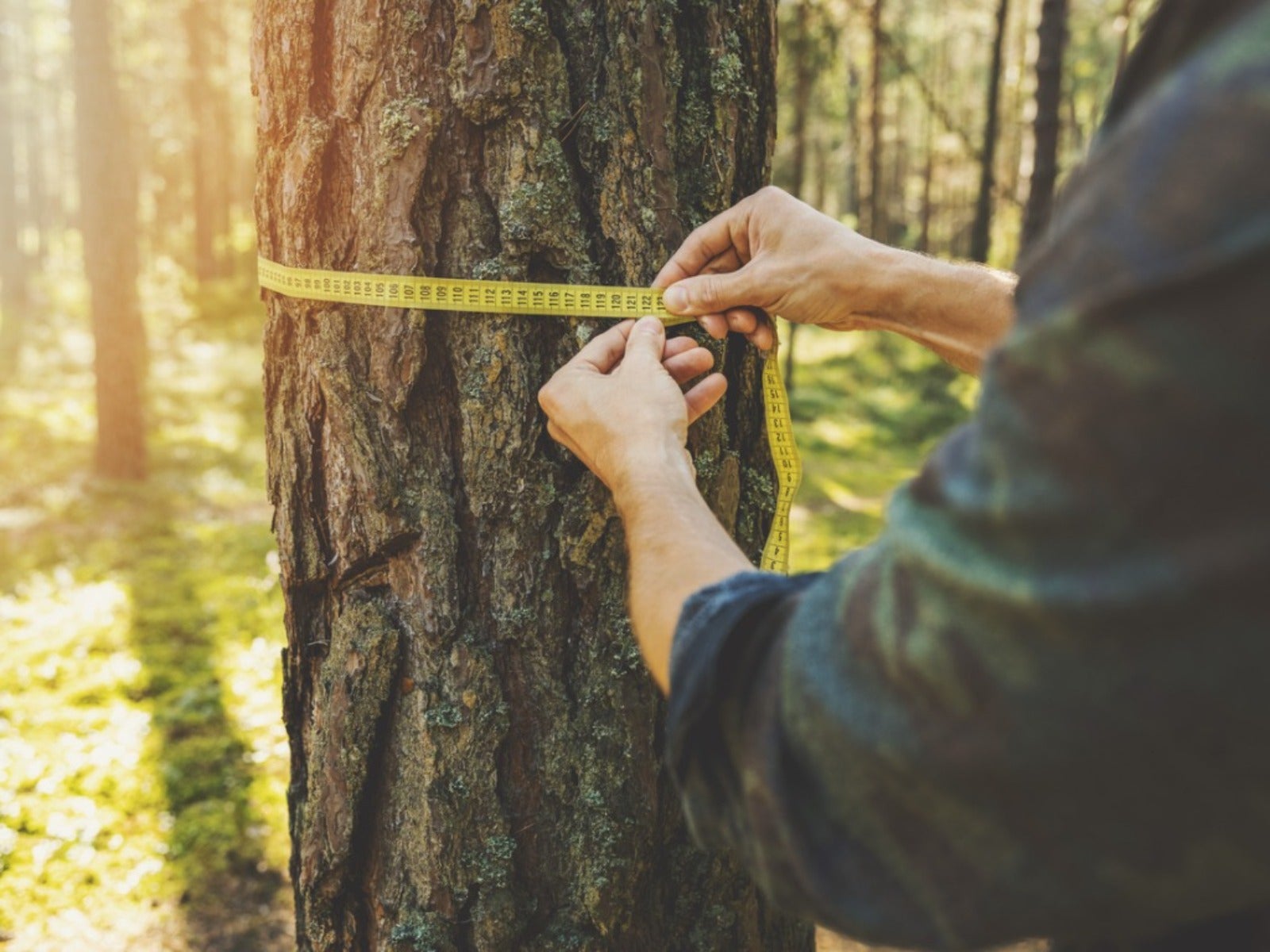How To Tell How Old A Tree Is


Most Americans learn as kids that a tree trunk is made up of rings, one for every year of the tree’s life. While scientists agree with this to a large degree, it does not provide a practical tree age calculator for live trees.
Calculating tree age for a backyard tree is easy if you know when it was planted and the age at planting. Often, that information is unavailable. Counting its rings can be done with a tree bore, but this can damage the tree. If you want to know how to tell the age of a tree without damaging it, read on.
Tree Rings Age
Did you know that calculating tree age is a science called dendrochronology? It involves the dating and study of annual rings in trees. This long word is a mix of three different terms:
- ology, which means the study of
- chron, which means time, particularly events and processes in the past
- dendro, which means tree
Dendrochronologists can count the rings of a stump, but they often analyze rings on living, standing trees. To do this, they screw a special type of drill into the tree trunk to extract a straw-size sample of wood about 4 millimeters in diameter. They also have the means to seal up this tree hole to prevent damage or disease.
How to Count Tree Rings for Age
According to dendrochronology, each tree ring, representing one year, consists of two layers. One layer forms during the spring/summer growing season. This layer is light colored and generally the thicker layer. The second layer grows in the end of summer and fall, which is dark colored and thinner, representing slower growth.
Dendrochronologists don’t simply count tree rings, however. They assign a single calendar year to each ring, then cross date the wood samples to arrive at accurate tree dating.
How to Tell the Age of a Tree Without Drilling
Most people don’t have access to a specialized tree drill to take a core sample from a trunk. Nor are they sufficiently knowledgeable to seal the wound appropriately. That means that the average gardener needs a different, simpler way to tell a tree’s age.
Sign up for the Gardening Know How newsletter today and receive a free copy of our e-book "How to Grow Delicious Tomatoes".
Fortunately, there is a way to estimate the age of a tree and get a rough estimate of a live, standing tree’s age. You’ll need to measure the tree trunk circumference at 4.5 feet (1.4 m.) above the ground and calculate it into inches. Then divide the resulting number by 3.14, or pi, to get the diameter. This is called diameter at breast height or DBH.
To get the estimate, you multiply the DBH by the tree species’ growth factor. This can range from 2, for cottonwood, to 7.5 for shagbark hickory. Both linden and pin oak are 3, river birch is 3.5, red oak, American elm, and green ash are 4, red maple and black walnut are 4.5, white oak, white birch, and black cherry are 5, and ironwood, dogwood, and redbud are 7.
If your tree is a white oak with a 22 inch (56 cm.) DBH, the tree’s age is 22 x 5, or 110 years old. Remember this is an approximation, but it does give you an idea of how old the tree is.

Teo Spengler is a master gardener and a docent at the San Francisco Botanical Garden, where she hosts public tours. She has studied horticulture and written about nature, trees, plants, and gardening for more than two decades, following a career as an attorney and legal writer. Her extended family includes some 30 houseplants and hundreds of outdoor plants, including 250 trees, which are her main passion. Spengler currently splits her life between San Francisco and the French Basque Country, though she was raised in Alaska, giving her experience of gardening in a range of climates.